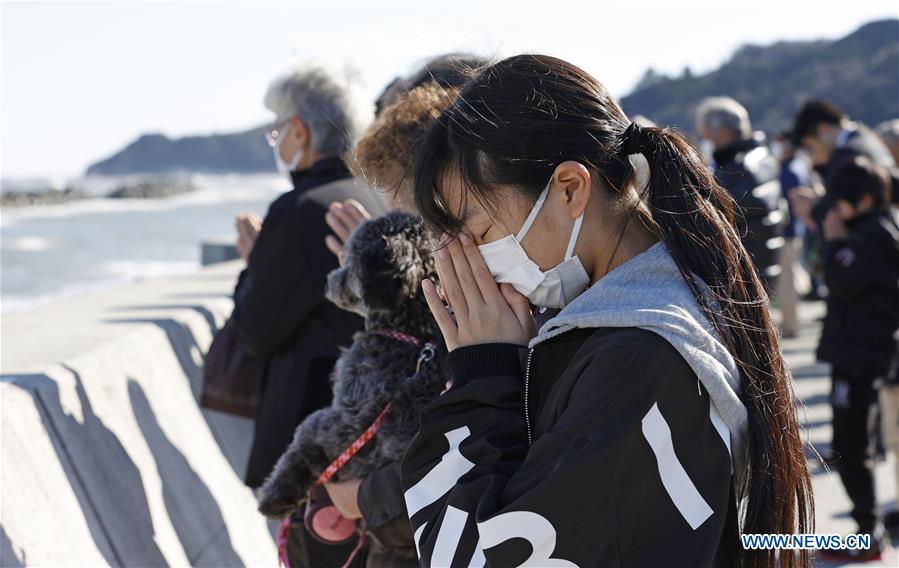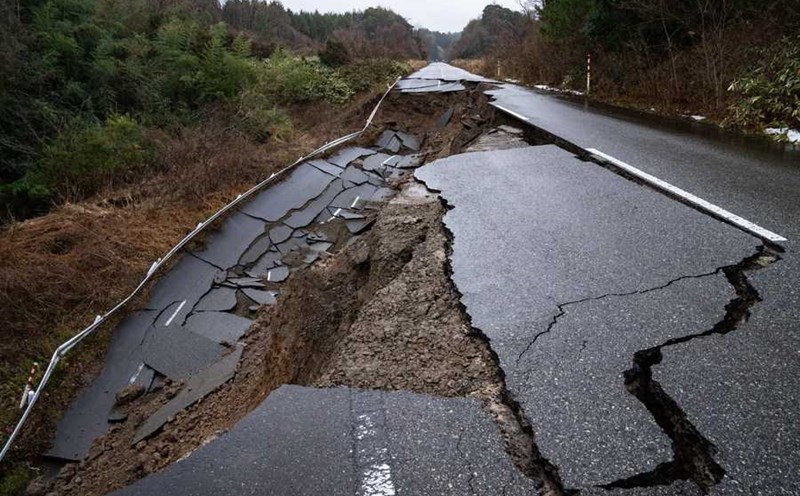According to a new disaster response plan released by the Japanese government last week, a super-seismic event in the Nankai drainage - an 800km long area running parallel to Japan's Pacific coast - could kill nearly 300,000 people at the worst time.
The Nankai trough is where the Philippine tectonic plates are gradually sliding down to the Asian plate, accumulating huge energy for centuries. For the past 1,400 years, an average of every 100-200 years, a major earthquake has occurred here. The most recent match was in 1946 with a size of 8.1 to 8.4 richter.
A Japanese government panel in January 2025 raised the probability of a Nankai super earthquake to 75-82% over the next 30 years, leaving officials unable to sit still.
The new forecast released in March shows that if a super earthquake occurs without effective response measures, the death toll could reach 298,000 people, many of whom will die from the Tsunami in just a few dozen minutes after the earthquake.
Economic losses are estimated to reach $2,000 billion, breaking all previous disaster records.

However, according to Prime Minister Shigeru Ishiba, if the government, local governments, businesses and communities act together in the next decade, the mortality rate could fall by up to 80%.
This new plan focuses on building breakwaters, evacuation centers, emergency response training and a national drill, said Ishiba.
Although the government has not issued a specific warning about the time of the earthquake, a comic book (manga) re-posted in 2021 suddenly caused a stir in fear on social networks. The author of the " Propaganda" series said that a "huge disaster" would happen on July 5, 2025, today.
The information spread so widely that some foreign tourists canceled their plans to visit Japan, in which Greater Bay Airlines (Hong Kong, China) has temporarily suspended flights due to rapid decline in bookings, according to AFP.
The Japan Tourism Administration recorded that the number of tourists from Hong Kong (China) decreased by 11.2% in May, however, the number of visitors from mainland China increased by 44.8% and South Korea increased by 11.8%. Australian tourists continue to flock to Japan with a steady increase.
Geological experts warn that there is no scientific basis to accurately determine the time of the super earthquake, but confusion because of rumors or "the prediction of natural disasters such as earthquakes and sunsones" only negatively affects life and tourism.
Meanwhile, the Japanese government has called on people and authorities at all levels to proactively participate in preparations such as building safe houses, knowing evacuation routes, stocking up on food, and most importantly not being negligent.











